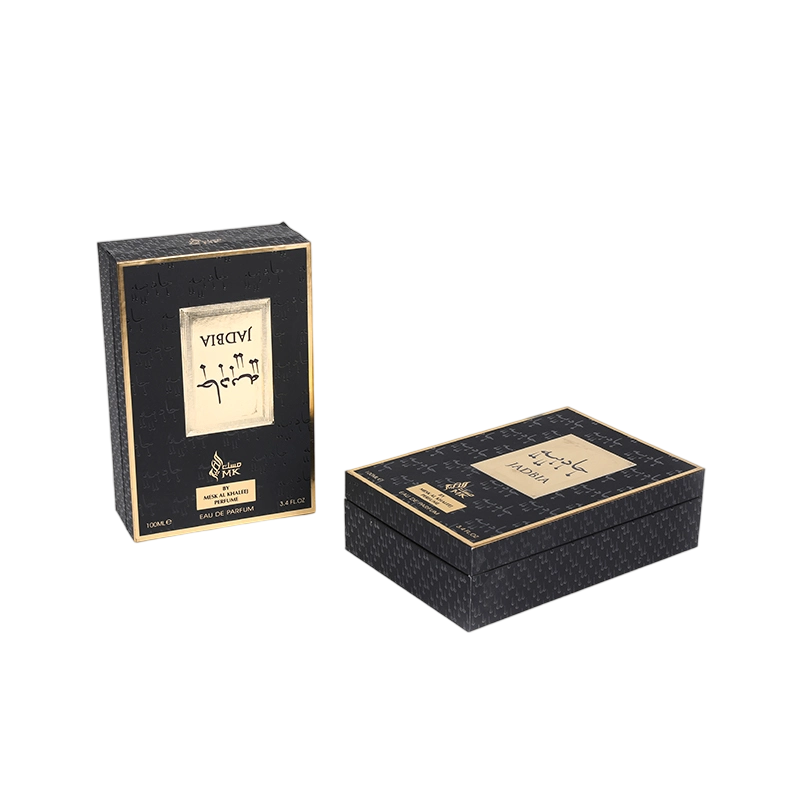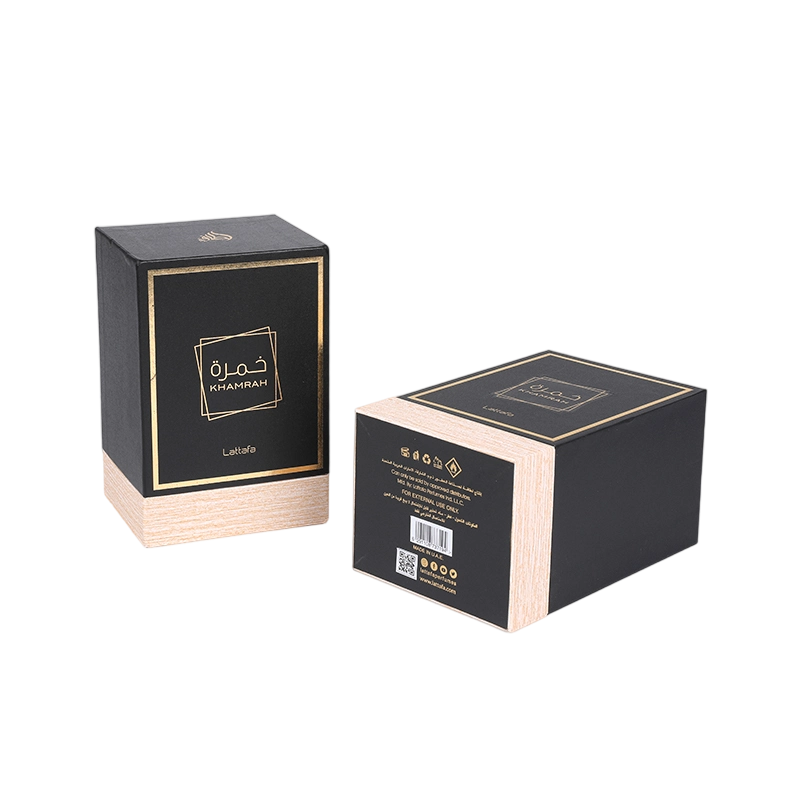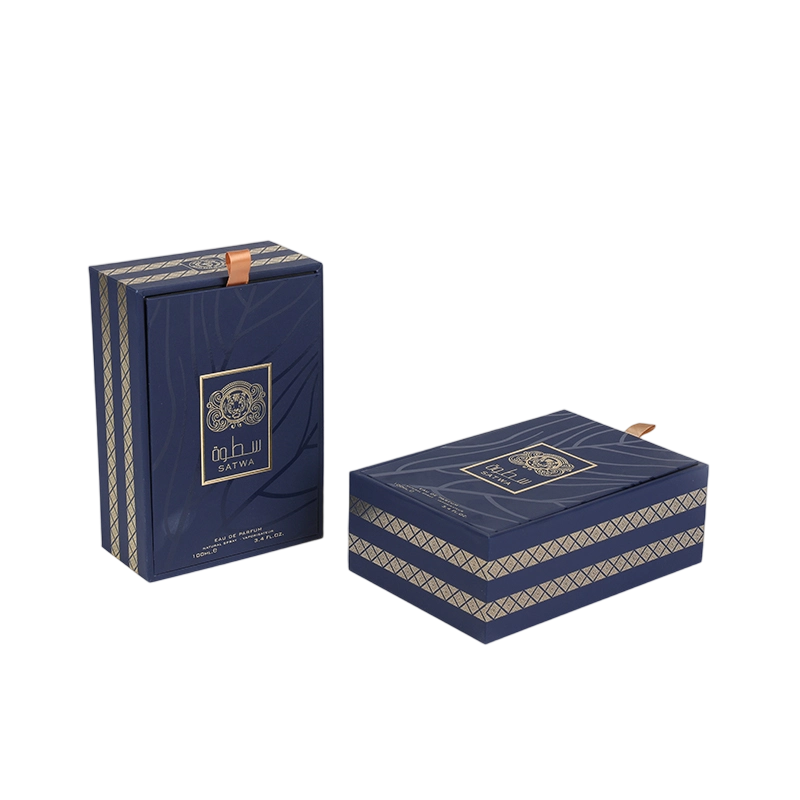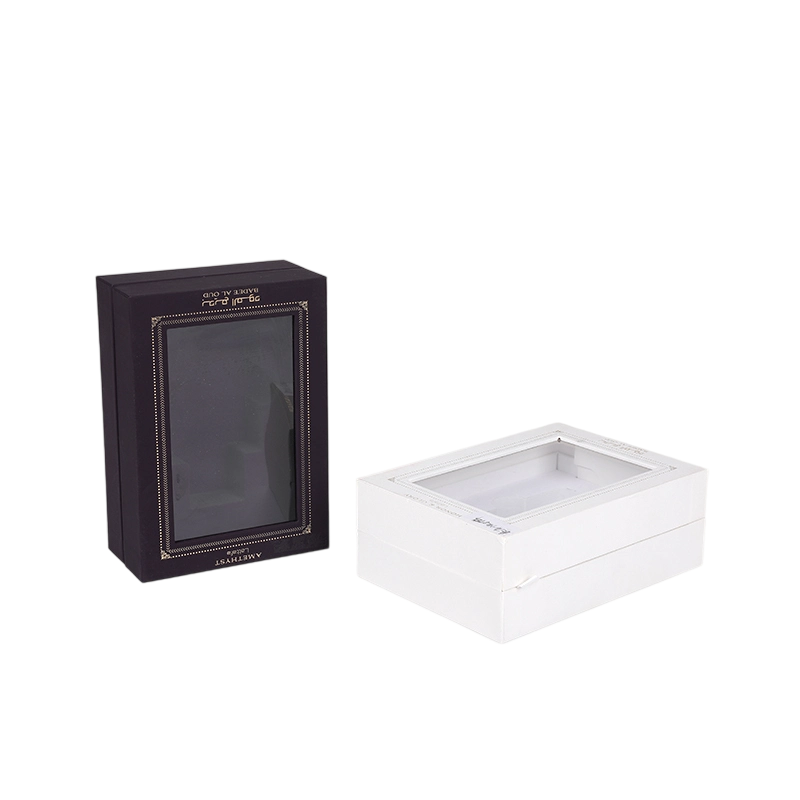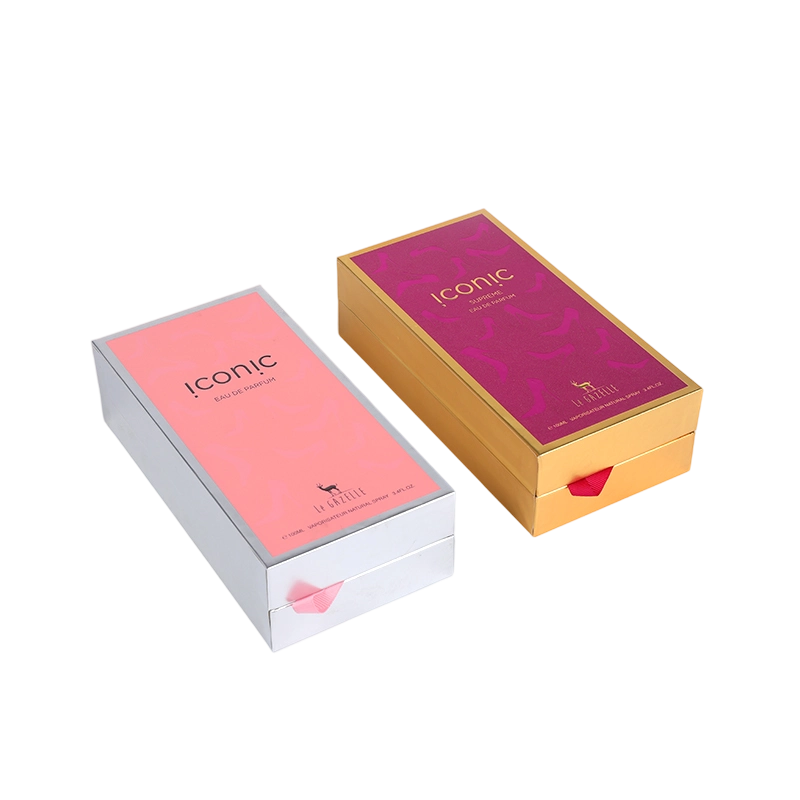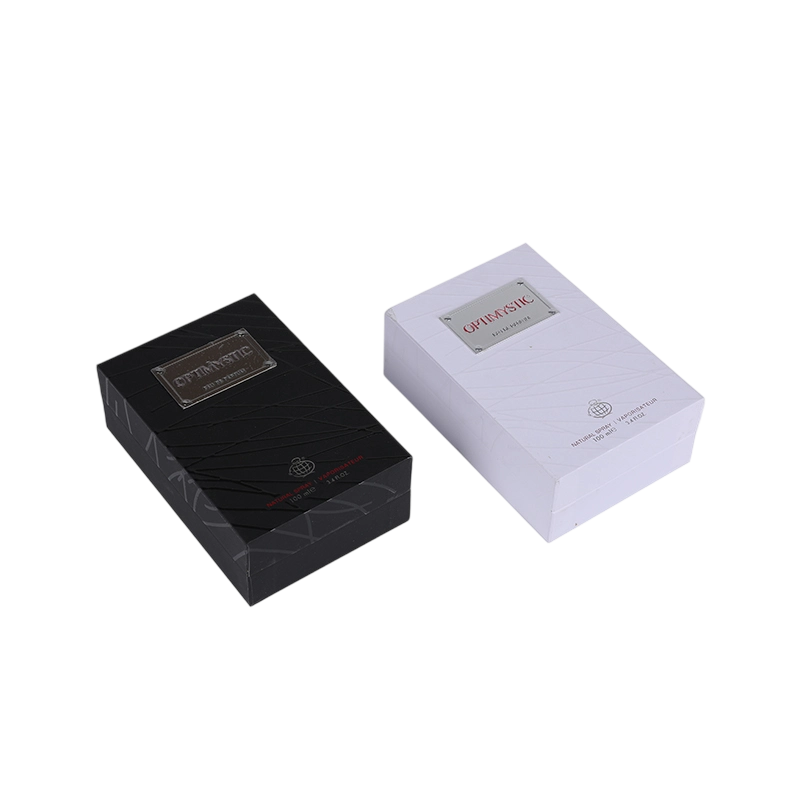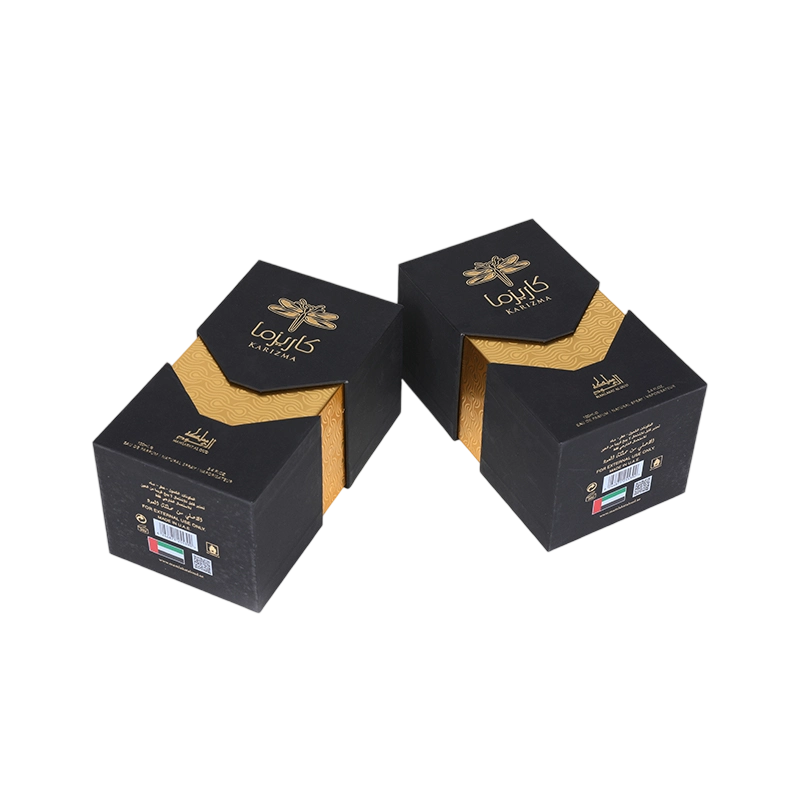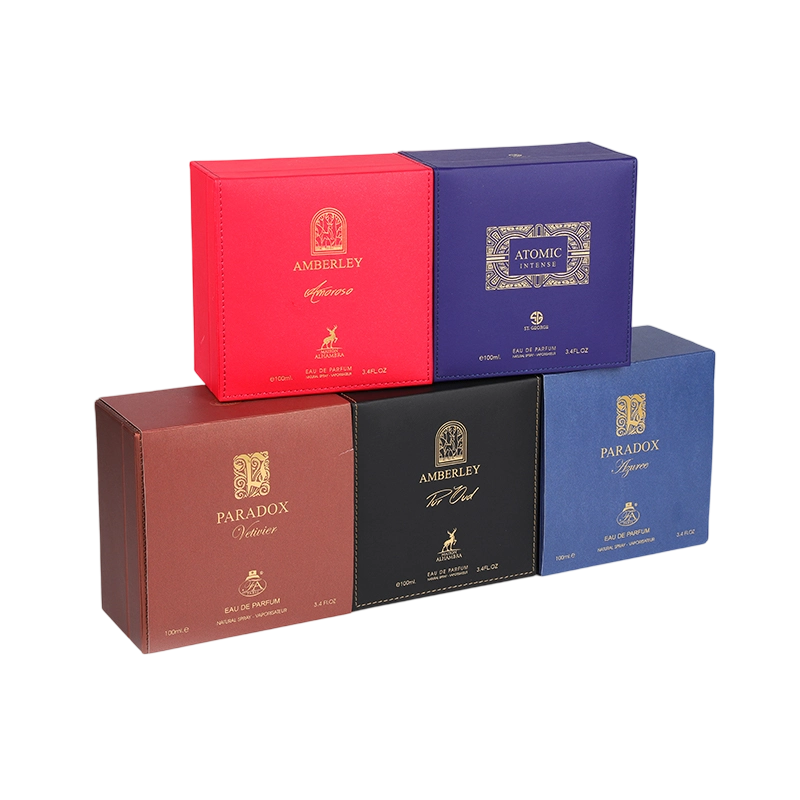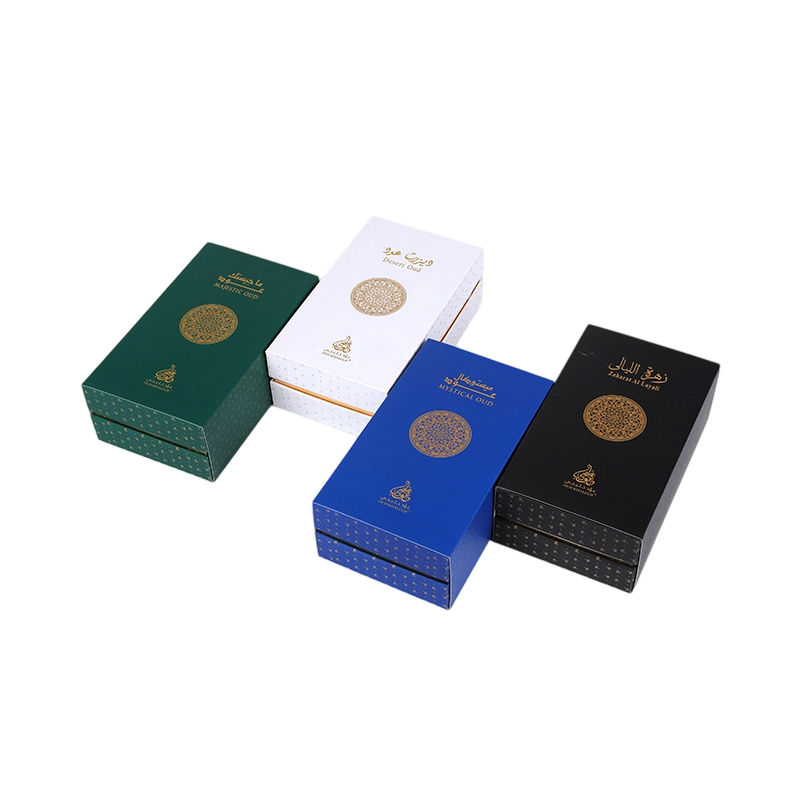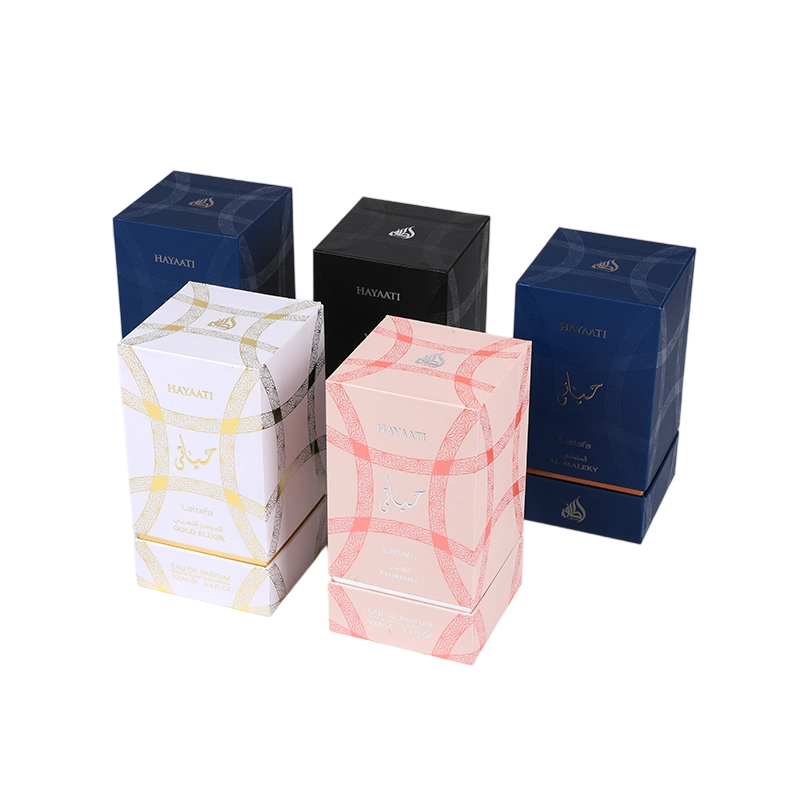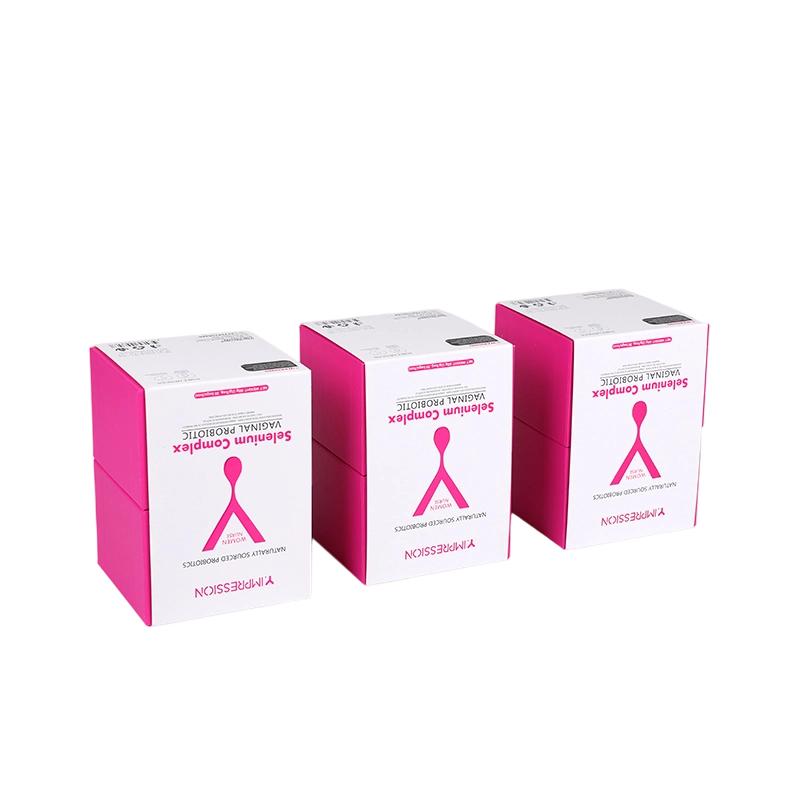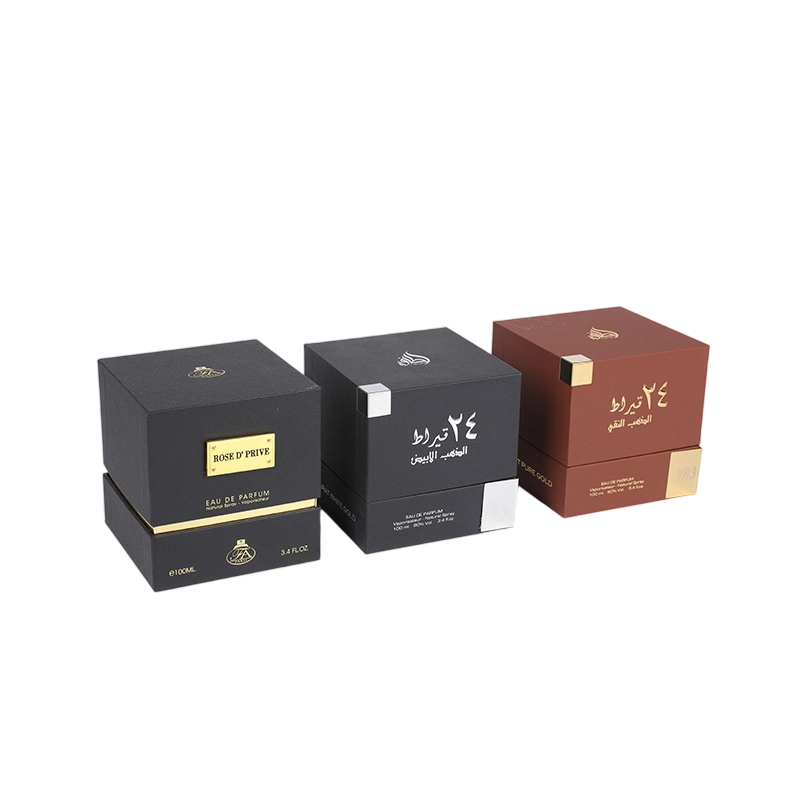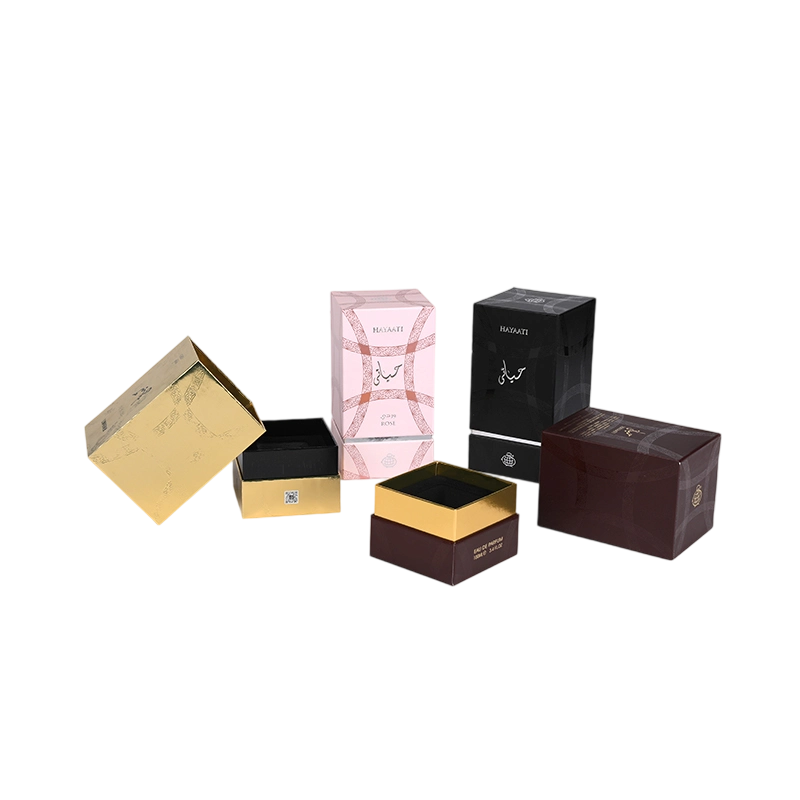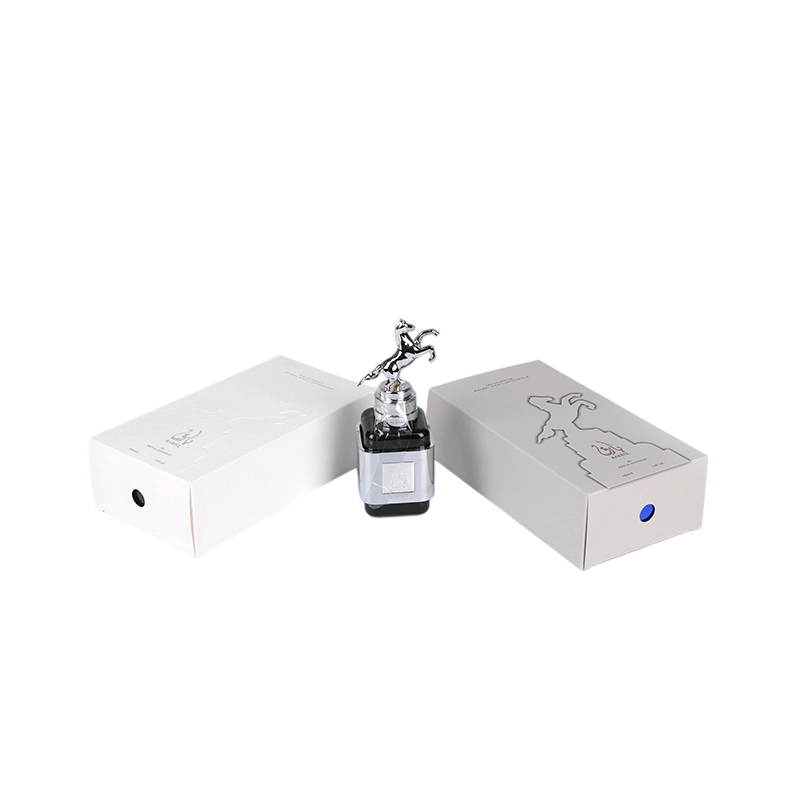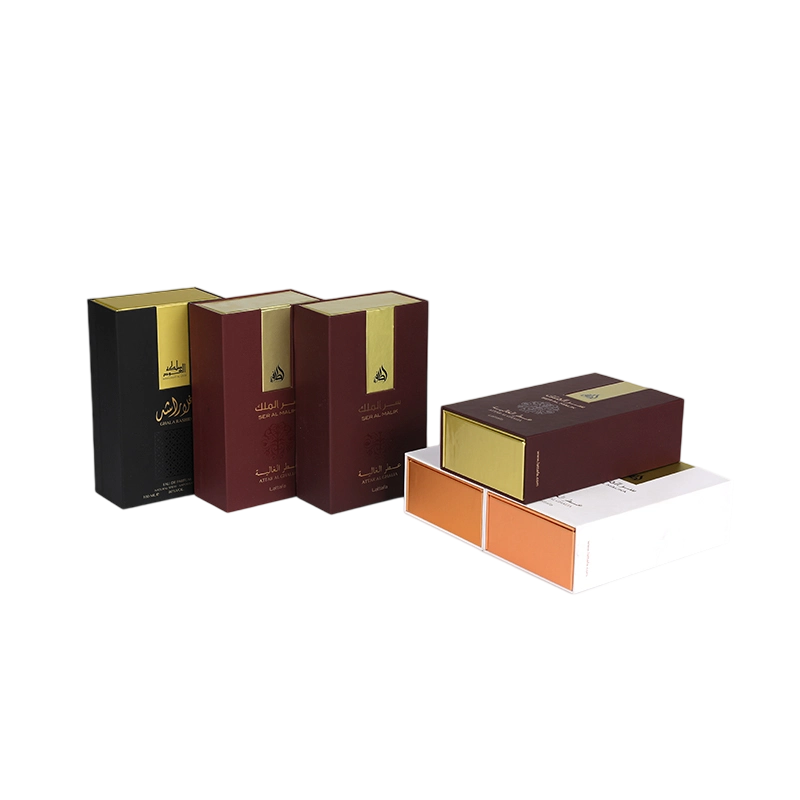When designing a paper Tuck End Box, how to balance the safety and ease of use of the packaging is a key challenge. To do this, designers need to consider the following factors:
1. Structural design and material selection
Safety: The Tuck End Box needs to have sufficient structural strength to protect the internal items, especially fragile or heavy items. Choosing the appropriate cardboard thickness (such as single-layer, double-layer or triple-layer corrugated cardboard) can provide additional protection. Consider the pressure resistance and impact resistance of the box during design to ensure that the packaging can remain stable during transportation, stacking and handling.
Strength and toughness: Increase its resistance to compression and tearing by selecting high-quality paper or adding reinforcement layers (such as corrugated paper).
Buffer design: Some buffer areas (such as bubble film, foam pads, etc.) can be designed in the box to prevent items from being impacted during transportation.
Ease of use: The design of the Tuck End Box needs to ensure that users can easily open and close the package. Common designs such as automatic box sealing (easy opening design) allow consumers to easily open the package without tools, while avoiding damage caused by excessive force.
Convenience of opening: The socket design of the Tuck End Box (such as the front or top socket) should be simple to prevent users from damaging the packaging due to difficulty in opening.
Non-destructive closure: The use of adhesives, folding locks, etc. not only improves the firmness of the closure, but also ensures that the box or product is not damaged when consumers open it.
2. Functionality and user experience

Adaptability: When designing, it is necessary to consider the characteristics of the product itself and design suitable packaging. For example, for heavy objects, the closure of the Tuck End Box can be reinforced; for fragile items, thicker or lined materials can be used to increase safety.
Clear labeling: The design should focus on the clarity of the label, especially the visibility of the "opening" and "easy to tear" labels, to help users open the package correctly and avoid product damage due to incorrect operation.
Reusability: Design structures and materials that are easy to reuse to avoid waste of one-time use, so that the package can be smoothly compounded after opening (such as a convenient re-sealing design).
3. Automated production and standardization
The design should take into account the needs of automated production, especially when automated packaging and transportation, the opening and structure of the packaging must ensure seamless cooperation with the machine equipment to ensure efficient production.
Standardized design: Universal sealing and opening methods help reduce the complexity of the production process, so that the packaging can still ensure high quality during mass production.
4. Environmental protection and sustainability
In material selection, designers also need to consider the environmental protection of the packaging. For example, the use of recyclable and degradable materials must not only ensure the safety of the packaging, but also reduce its impact on the environment. The selection of environmentally friendly materials can not only enhance the brand image, but also meet the growing environmental protection needs in the market.
Non-toxic and harmless: Ensure that the selected materials will not release harmful substances to protect the health of consumers.
Green materials: Use FSC-certified paper and degradable glue to meet environmental protection standards.
5. Ways to balance safety and ease of use
Design simplicity: By simplifying the design of the plug and opening, consumers can easily open the package without damage. Through scientific folding methods, the structure is made stronger and the use of excessive glue or adhesive is reduced.
Versatility: When designing, not only the safety of the packaging should be considered, but also some additional functions can be added, such as strengthening anti-counterfeiting, increasing breathability (avoiding moisture), waterproofness, etc., to ensure the safety of the items in different usage scenarios.
The key to balancing safety and ease of use is to start from the characteristics of the product, choose the right materials and design methods, and ensure that the packaging structure is strong enough to ensure the safety of the items during transportation, but not so complicated or difficult to open that consumers feel that the packaging is too complicated or difficult to open.

 English
English 中文简体
中文简体 عربى
عربى

